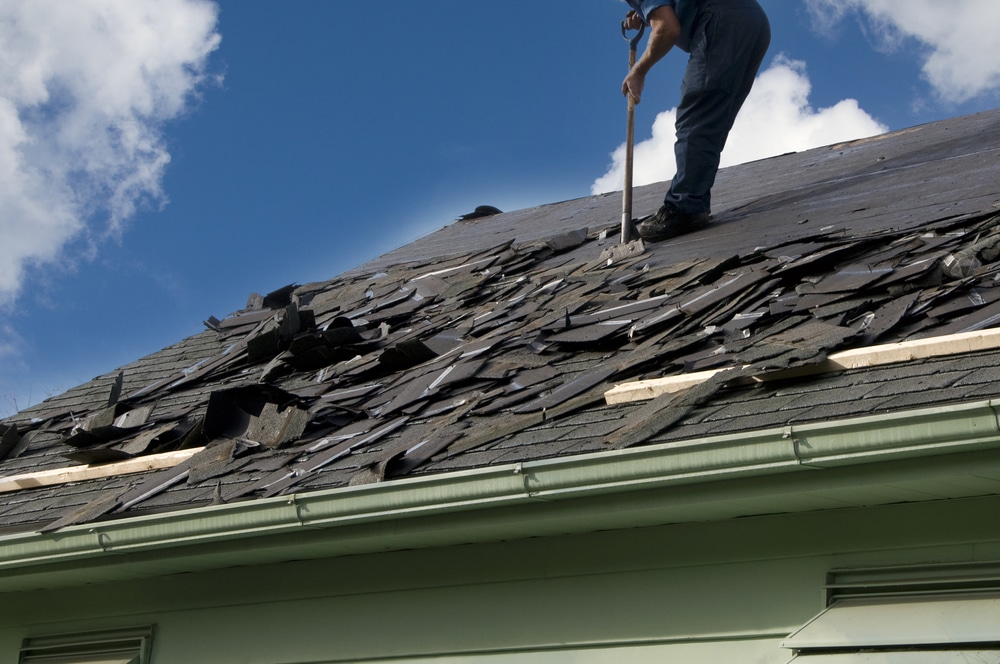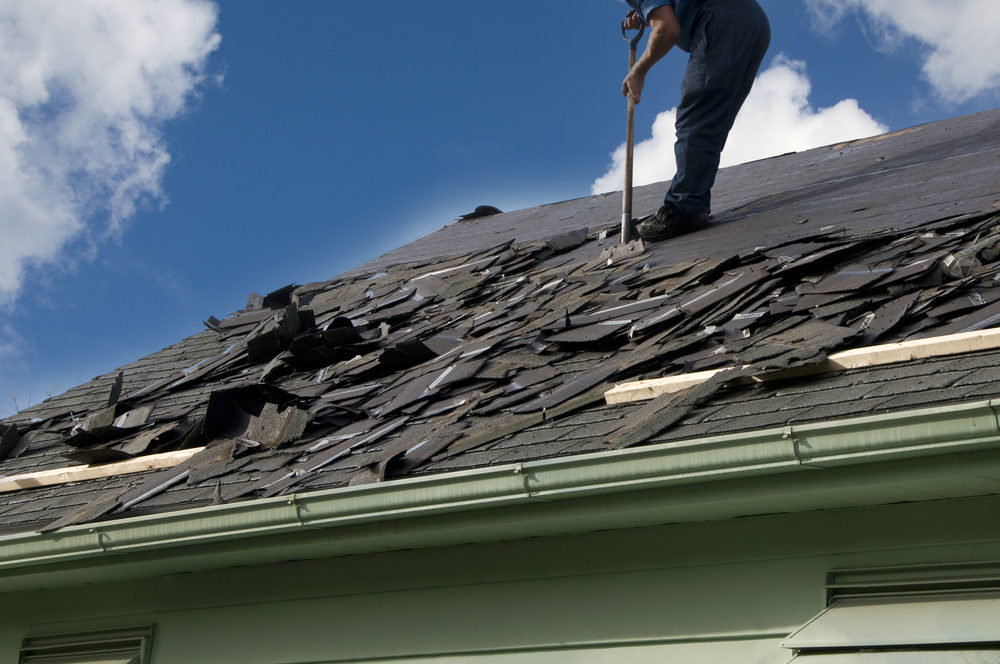At The Roof Doctor, we’re your full-service roofing company to call for all storm damage roof repair needs. Your roof can be heavily impacted by major storms, but we’re here to keep you and your family protected – and to assist you with the proper assessment of damage.
If and when windstorm damage causes significant issues with your roofing system, taking the right course of action from the beginning is vital to ensuring you stay protected without running up too high a cost. This two-part blog will detail a number of tips from both our pros and the Utah Insurance Department on how to react after roofing storm damage to ensure everything goes smoothly.


Immediate Actions
Immediately after noticing significant storm damage on your roof, or even the signs of it like leaking water in attic or other nearby areas, there are a few things you should be thinking about:
- Damage mitigation: To whatever degree you can accomplish this without risking your safety, try to protect the home from further damage. If you can cover the roof with a temporary blocker of some kind to keep further moisture from seeping in through damaged areas, this is a good start.
- Documentation: Before attempting any significant repairs or removal of debris, take pictures and possibly video of the damage. Be detailed and specific.
Evidence: If you pay for temporary repairs, which we’ll detail in a moment, the costs here are usually covered by your insurance policy – so long as you have detailed receipts to provide.
Temporary Repairs
In some cases, temporary repairs to alleviate water damage or other immediate issues will be the proper route to take after storm damage. In these cases, you should only ever use professional contractors like ours for these repairs.
If you’re unsure whether a given contractor is properly licensed for these sorts of issues, contact the Utah Department of Occupational and Professional Licensing to find out. Also be sure to ask for a certificate of insurance from the individual contractor – even if a contractor is properly licensed, you should not hire them if they do not have the adequate insurance coverage.
Fallen Tree Removal and Insurance Coverage
In many cases, these temporary repairs or remediation services will involve removing fallen trees from the property. A few general tips on whether or not these areas are likely to be covered by your homeowner’s insurance policy:
- Vehicle: If fallen trees have impacted and/or damaged any vehicle on your property, personal or commercial, it’s unlikely the vehicle will be covered under your policy. Rare vehicle insurance policies do have coverage for this area, but most also do not.
- Property: However, trees removed from the home, sheds, detached garages or other structural areas will usually be covered by the homeowner’s insurance policy – though there may be a maximum dollar limit to be aware of here. Replacing the tree, however, usually is not covered here. If you’re unsure, speak to your insurance adjuster – not your agent – to find out more.
In part two of this blog series, we’ll go over some of the ins and outs of filing your insurance claim and ensuring you get the proper compensation for the damages that are covered. For more on this or any of our roof repair or installation services, speak to the staff at The Roof Doctor today.
